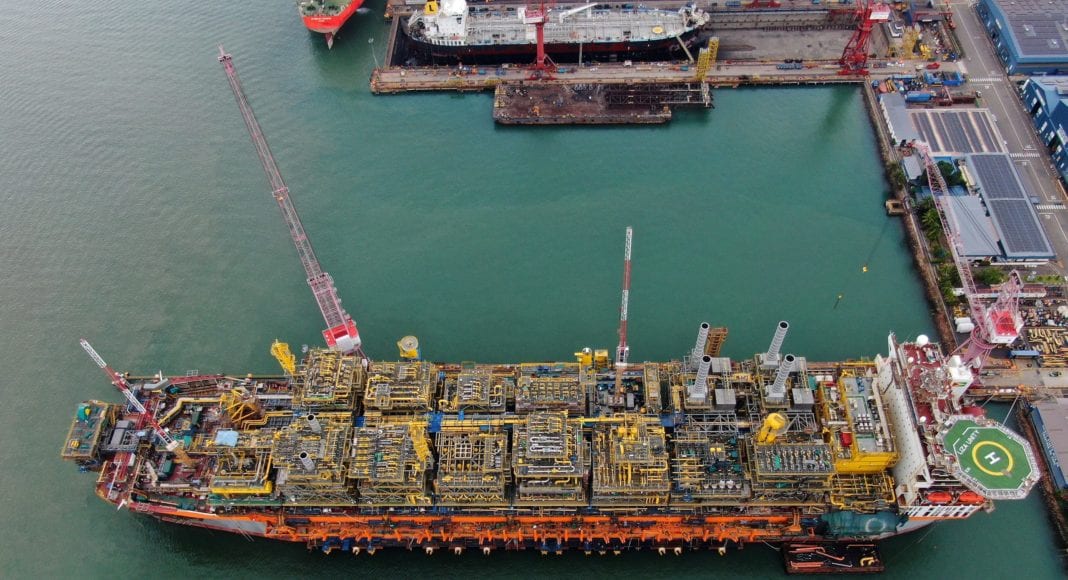Guyana’s Liza Phase Two Project is expected to see a 30,000 barrel-per-day increase by the year’s end. This was recently revealed by Hess Corporation’s Chief Operating Officer (COO), Greg Hill.
The Hess official noted that the Liza Unity floating production, storage and offloading (FPSO) vessel being utilised by the project came on stream last year in February and is already hitting 240,000 barrels of oil per day. This is 20,000 bpd above the nameplate capacity.
Hill said, “The operator (ExxonMobil) has a plan to further debottleneck that facility between now and the end of the year. So I think we’ll be approaching the 250 number as we get sort of towards the end of the year. And then there’s another kind of an engineering project next year to look at the possibility of further debottlenecking Phase 2.”
Highest to date: Liza field output was 11.6 million barrels in May 2023 | OilNOW
Hill also praised ExxonMobil, as he said the company is doing an extraordinary job of debottlenecking and ensuring higher reliability for its Guyana projects. “I can’t say enough about the outstanding job they’re doing as an operator,” Hill said.
The Liza Phase Two Project operates alongside the Liza Phase One development which has been debottlenecked and currently produces 150,000 barrels of oil. That figure is 30,000 barrels more than its nameplate capacity.
Once joined by Exxon’s third development, Payara, in the fourth quarter, the country could close 2023 with approximately 500,000 bpd of oil. Notably, Payara’s nameplate capacity is set at 220,000 bpd but it would take five months before achieving same.
Thus far, the Liza Phases One and Two Projects have provided Guyana with a revenue stream totalling US$2.7 billion at the end of June 2023. The newfound oil wealth has not only enabled the government to diversify its revenue streams, but also reduce dependency on traditional industries, and invest in critical infrastructure and social projects. This has also opened up unprecedented opportunities for job creation, foreign investments, and economic growth, thereby elevating the overall standard of living for the population.



